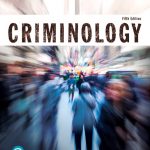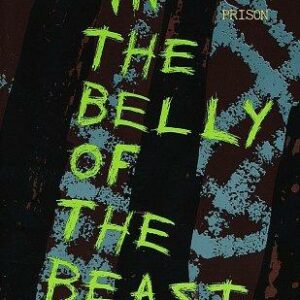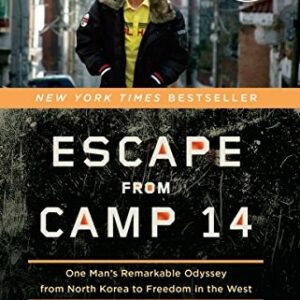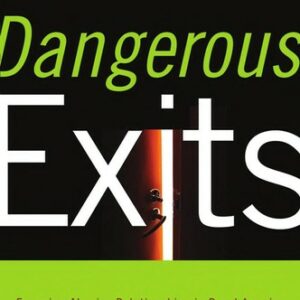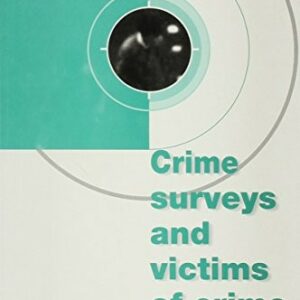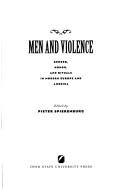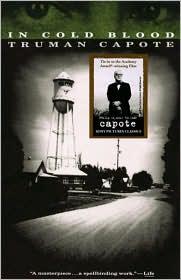Criminology (Justice Series)
$119.99
| Title | Range | Discount |
|---|---|---|
| Trade Discount | 5 + | 25% |
- Description
- Additional information
Description
PART I. CRIMINOLOGY EXPLAINED — THE EVIL MEN (AND WOMEN) DO
- What Is Criminology? — Understanding Crime and Criminals
PART II. CRIME CAUSATION — WHAT WE DO AND WHY WE DO IT
- Classical and Neoclassical Criminology — Choice and Consequences
- Early Biological Perspectives on Criminal Behavior — It’s What We Are
- Biosocial and Other Contemporary Perspectives — Interaction Is Key
- Psychological and Psychiatric Foundations of Criminal Behavior — It’s How We Think
- Social Structure — It’s Where and How We Live
- Social Process and Social Development — It’s What We Learn
- Social Conflict and Emergent Theories — It’s How We Relate
PART III. THE CRIME PICTURE — IT’s NOT PRETTY
- Criminal Victimization — It’s Personal
- Crimes against Persons-What We Fear
- Crimes against Property — It’s What We Lose
- White-Collar and Organized Crime — Crime as a Job
- Drug and Sex Crimes — Recreational Offenses
PART IV. CRIME IN THE MODERN WORLD — TODAY’s HEADLINES
- Technology and Crime — It’s a Double-Edged Sword
- Globalization and Terrorism — Our Small World
New and updated features of this title
Current issues in criminology
- NEW: A new Case Study at the end of Chapter 9 describes the conviction of comedian Bill Cosby and the relationship of the #MeToo movement to criminal victimization.
- NEW: New chapter-opening stories address gun-related violence in the city of Chicago (Ch. 10), Congressional investigations into claims that Russian hackers influenced the 2016 presidential election (Ch. 14), and a 2017 Russian law that decriminalizes some forms of domestic violence (Ch. 15).
Learning aids putting theory in context
- NEW: Web links to YouTube® videos discuss connections between crime and the economy.
- NEW: Theory in Perspective box in Chapter 8 includes a new section describing postmodern criminology and a new discussion of cultural criminology.
Hallmark features of this title
Impactful theories, cases and events
- Criminological theories include the influence of the Positivist School on early criminological thought and the growing acceptance of biologically based theories.
- Cases in every chapter, along with questions, illustrate principles from the text.
- Current events influencing criminology include illegal immigration, mass shootings, criminal street gangs, the US opioid epidemic, cyberterrorism and more.
Critical-thinking features
- Critical Thinking boxes explore applications, conflicts and ethical issues pertaining to current events.
- Putting Criminology to Work boxes examine evidence on crime prevention programs.
- Think About It feature highlights recent events in criminal justice and poses questions.
About our author
Frank Schmalleger, PhD, is Professor Emeritus at the University of North Carolina at Pembroke, where he is also recognized as Distinguished Professor. Dr. Schmalleger holds degrees from the University of Notre Dame and The Ohio State University, having earned both a master’s degree (1970) and a doctorate in sociology (1974) from The Ohio State University with a special emphasis in criminology.
From 1976 to 1994, he taught criminal justice courses at the University of North Carolina at Pembroke. For the last 16 of those years, he chaired the university’s Department of Sociology, Social Work, and Criminal Justice. As an adjunct professor at Webster University in St. Louis, Missouri, Schmalleger helped develop the university’s graduate program in security administration and loss prevention. He taught courses in that curriculum for over a decade. Schmalleger also taught in the New School for Social Research’s online graduate program, helping to build the world’s first electronic classrooms in support of distance learning through computer telecommunications. An avid web user and site builder, Schmalleger is also the creator of award-winning websites.
Frank Schmalleger is the author of numerous articles and many books, including the widely used Criminal Justice Today: An Introductory Text for the 21st Century (Pearson, 2019), now in its 15th edition; Juvenile Delinquency (with Clemens Bartollas; Pearson, 2019); Criminal Justice: A Brief Introduction, 13th Edition (Pearson, 2020); Criminal Law Today, 6th Edition (with Daniel Hall and John Dolatowski; Pearson, 2017); Crime and the Justice System in America: An Encyclopedia (Greenwood Publishing Group, 1997); Trial of the Century: People of the State of California vs. Orenthal James Simpson (Prentice Hall, 1996); Career Paths: A Guide to Jobs in Federal Law Enforcement (Regents/Prentice Hall, 1994); Computers in Criminal Justice (Wyndham Hall Press, 1991); Criminal Justice Ethics (Greenwood Press, 1991); Finding Criminal Justice in the Library (Wyndham Hall Press, 1991); Ethics in Criminal Justice (Wyndham Hall Press, 1990); A History of Corrections (Foundations Press of Notre Dame, 1983); and The Social Basis of Criminal Justice (University Press of America, 1981). Schmalleger is also the founding editor of the journal Criminal Justice Studies (formerly The Justice Professional).
Schmalleger’s philosophy of both teaching and writing can be summed up in these words: “In order to communicate knowledge, we must first catch, then hold, a person’s interest – whether a student, colleague, or policymaker. Our writing, our speaking, and our teaching must be relevant to the problems facing people today, and they must – in some way – help solve those problems.”
NOTE: This loose-leaf, three-hole punched version of the textbook gives students the flexibility to take only what they need to class and add their own notes – all at an affordable price.
For courses in criminology.
Brief. Affordable. Visual.
Criminology engages students in a study of criminology using interactive components and eye-catching visuals. The text weaves together theory and current events to offer a practical introduction that’s both relevant and interesting. Cases in every chapter along with a wealth of critical-thinking features provoke discussion and offer ample opportunities to apply new knowledge. The 5th edition explores new theories of criminology, considers the impact of the most pressing issues today, and adds web links to YouTube® videos discussing connections between crime and the economy.
Criminology, 5th Edition, is also available via RevelTM, an interactive learning environment that enables students to read, practice, and study in one continuous experience.
NOTE: This loose-leaf, three-hole punched version of the textbook gives students the flexibility to take only what they need to class and add their own notes – all at an affordable price.
For courses in criminology.
Brief. Affordable. Visual.
Criminology engages students in a study of criminology using interactive components and eye-catching visuals. The text weaves together theory and current events to offer a practical introduction that’s both relevant and interesting. Cases in every chapter along with a wealth of critical-thinking features provoke discussion and offer ample opportunities to apply new knowledge. The 5th edition explores new theories of criminology, considers the impact of the most pressing issues today, and adds web links to YouTube® videos discussing connections between crime and the economy.
Criminology, 5th Edition, is also available via Revel™, an interactive learning environment that enables students to read, practice, and study in one continuous experience. Learn more.
Additional information
| Dimensions | 0.60 × 8.20 × 10.90 in |
|---|---|
| Imprint | |
| Format | |
| ISBN-13 | |
| ISBN-10 | |
| Author | |
| BISAC | |
| Subjects | social sciences, criminal justice, SOC004000, higher education, criminology, Humanities and Social Sciences |


